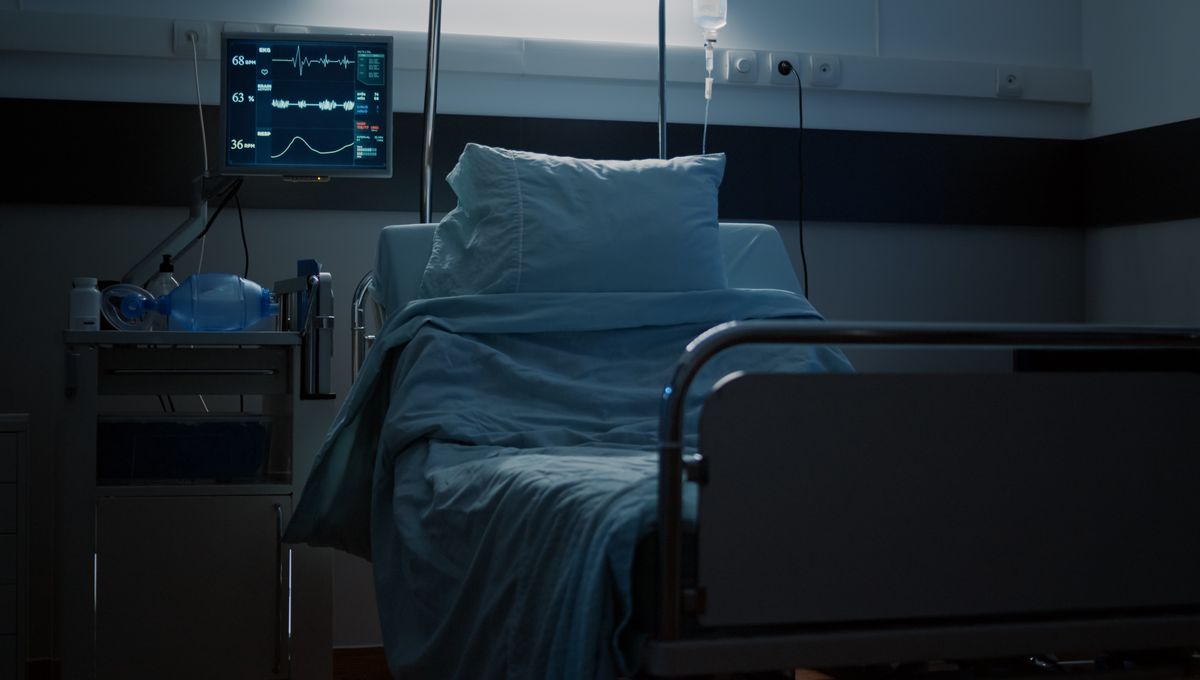
US hospitals are on track for a crisis in as little as seven years. This stark warning comes from a group of researchers at the University of California, Los Angeles (UCLA) who are concerned about trends in hospital bed occupancy and staffing across the country since the onset of the COVID-19 pandemic.
ADVERTISEMENT GO AD FREE
On average, hospital occupancy in the US had been sitting around 64 percent between 2009 and 2019. The COVID-19 public health emergency signaled a change as US hospitals, like their counterparts across the globe, were placed under immense strain. However, experts are now worried that average occupancy rates have not recovered to pre-pandemic levels.
“We’ve all heard about increased hospital occupancy during the height of the COVID-19 pandemic, but these findings show that hospitals are as full, if not more so, than they were during the pandemic, even well into 2024 during what would be considered a post-pandemic steady state,” said lead investigator Dr Richard Leuchter in a statement.
In fact, the team calculated the new average to be 75.3 percent, based on data from May 2023 to April 2024. That’s a full 11 percentage points up on the pre-COVID-19 figure.
The researchers were able to make use of a rich dataset thanks to a federal mandate put in place in 2020 that required hospitals to report weekly occupancy to the Department of Health and Human Services for use in COVID-19 monitoring. Repurposing this data meant the researchers could get a picture of trends in occupancy across almost every hospital in the country up to April 2024.
They then used census data to predict how the situation may change up until 2035, considering the aging population.
An average figure of 75 percent occupancy is a worrying milestone: It doesn’t provide enough contingency in the system to cope with emergency situations or seasonal trends, and there’s also a demonstrable effect on patient care, with increased waiting times and poorer patient-to-staff ratios. Leuchter pointed to data from the Centers for Disease Control and Prevention (CDC) suggesting that 75 percent ICU occupancy is associated with 12,000 excess deaths two weeks later.
ADVERTISEMENT GO AD FREE
But the study data paints an even grimmer picture than that. Were the situation to stay the same, the authors predict that the US could see an average national bed occupancy of 85 percent by 2032 – many would consider this the threshold for a true bed shortage.
“If the US were to sustain a national hospital occupancy of 85 percent or greater, it is likely that we would see tens to hundreds of thousands of excess American deaths each year,” said Leuchter.
It’s not clear exactly what factors are driving the trend, but Leuchter had some suggestions: “Our study was not designed to investigate the cause of the decline in staffed hospital beds, but other literature suggests it may be due to healthcare staffing shortages, primarily among registered nurses, as well as hospital closures partially driven by the practice of private equity firms purchasing hospitals and effectively selling them for parts.”
As the authors explain in their paper, it’s these staffing issues, rather than an increase in the number of hospitalized patients, that appear to be the biggest factor right now and the most urgent to address.
ADVERTISEMENT GO AD FREE
Ultimately, though, Leuchter believes the way that medical care is delivered needs to change: “In the slightly longer term, we need more innovative care delivery models that can reduce hospitalizations by diverting would-be admissions to specially-designed acute care clinics.”
“If these types of care delivery models become widespread enough, that could help offset the projected increase in hospitalizations arising from an aging US population.”
The study is published in the journal JAMA Network Open.
Source Link: US Hospitals Face Impending Bed Crisis As Early As 2032